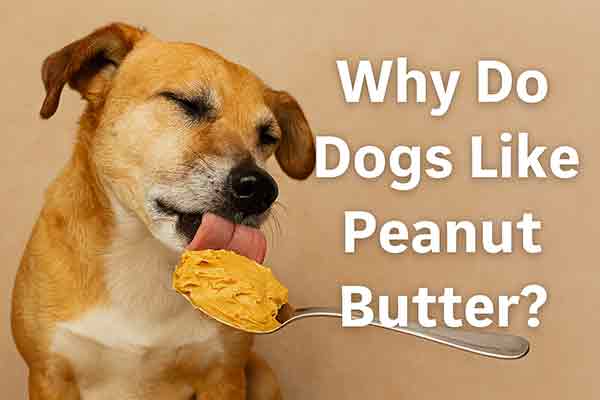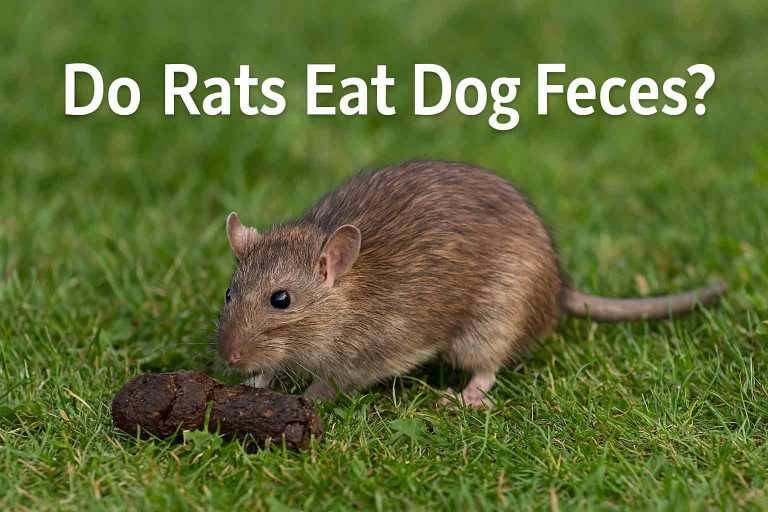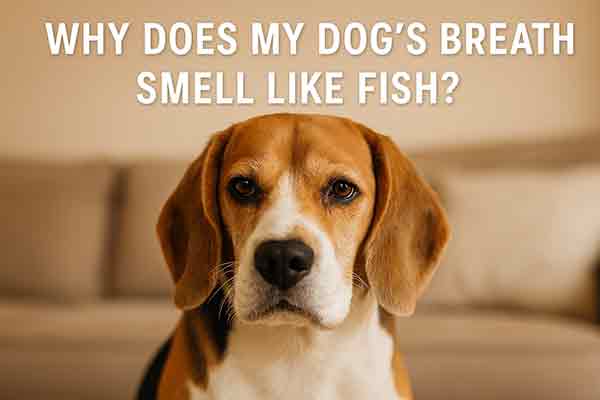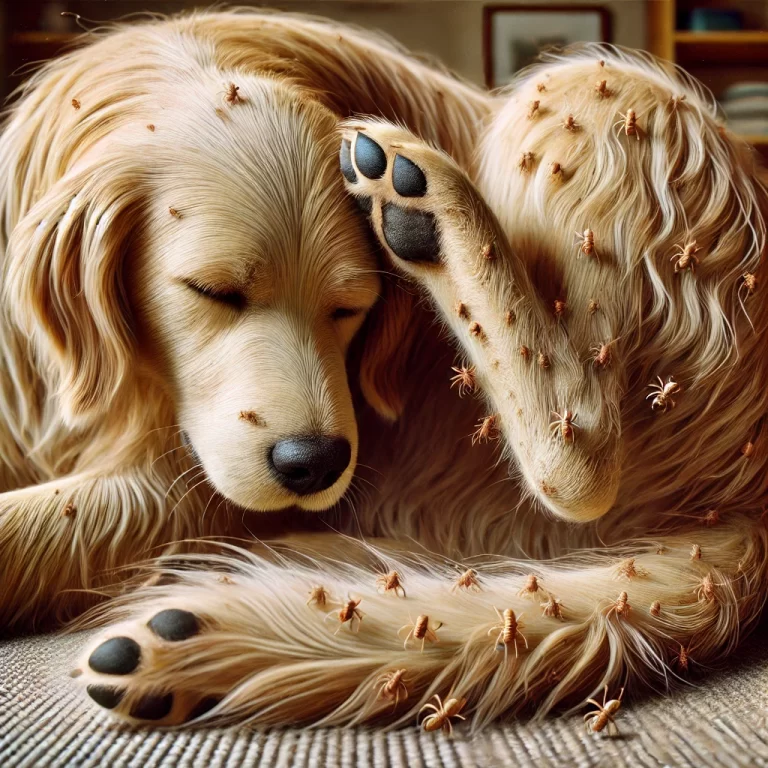Why Do Dogs Love Peanut Butter? The Science, Safety Tips, and Fun Ways to Treat Your Pup
Table of Contents
- Introduction
- The Irresistible Taste and Texture
- Aroma and Salt: Powerful Canine Triggers
- Peanut Butter as a Nutritional Reward
- A Tool for Training and Enrichment
- Is Peanut Butter Safe for Dogs?
- The Xylitol Warning
- How Much Peanut Butter Is Too Much?
- Best Types of Peanut Butter for Dogs
- Fun Ways to Feed Peanut Butter
- FAQ
- Conclusion
Introduction
If you’ve ever opened a jar of peanut butter around your dog, you’ve probably noticed the instant attention—and maybe even a drooling frenzy. But why do dogs like peanut butter so much? Is it just the taste, or is there more going on behind those eager licks? This article explores the science, safety, and fun behind dogs’ obsession with peanut butter.
The Irresistible Taste and Texture
Peanut butter is rich in flavor, packed with natural oils, and has a slightly sweet and salty profile. This combination is especially appealing to dogs because:
- Dogs have fewer taste buds than humans, but they enjoy strong flavors.
- The sticky texture prolongs licking and chewing, offering stimulation.
- Its high fat content makes it naturally crave-worthy for canines.
For dogs, the unique consistency is both satisfying and fun, which is why it’s often used as a treat or distraction.
Aroma and Salt: Powerful Canine Triggers
Dogs have a powerful sense of smell—estimated to be tens of thousands of times more sensitive than humans. The rich aroma of peanut butter is loaded with oils, nuts, and mild sweetness that dogs pick up on immediately. The salt content also plays a role, triggering a strong sensory response that makes the treat irresistible.
Peanut Butter as a Nutritional Reward
While it’s no replacement for a balanced dog diet, peanut butter does offer some health perks in moderation:
- Protein: Supports muscle growth and energy
- Healthy fats: Promote a shiny coat and skin health
- Niacin and Vitamin E: Important for metabolism and immunity
That said, it’s still a treat and should be given sparingly, especially to dogs prone to weight gain.
A Tool for Training and Enrichment
One of the biggest reasons peanut butter is popular among dog owners is its versatility:
- Great for hiding pills
- Ideal for use in Kong toys and lick mats
- Useful for crate training or grooming distractions
- Helps build positive associations during vet visits
Because it keeps dogs engaged and focused, it’s often considered a high-value training reward.
Is Peanut Butter Safe for Dogs?
Generally, peanut butter is safe for dogs—as long as it doesn’t contain artificial sweeteners like xylitol. Always check the label before offering a taste. Stick to natural or dog-specific brands with no added sugar, salt, or oils.
The Xylitol Warning
Xylitol is a sugar substitute that’s safe for humans but extremely toxic to dogs. Even small amounts can cause:
- Rapid insulin release and hypoglycemia (low blood sugar)
- Liver failure
- Seizures or even death if untreated
Always read the ingredients—even “natural” peanut butter brands may include xylitol as a sugar-free option.
How Much Peanut Butter Is Too Much?
Portion control is key. While dogs love it, peanut butter is calorie-dense. Here’s a general guideline:
- Small dogs: ½ teaspoon per serving
- Medium dogs: 1 teaspoon per serving
- Large dogs: 1 tablespoon per serving
Offer no more than 2–3 times per week unless approved by your vet.
Best Types of Peanut Butter for Dogs
Look for options with:
- No xylitol
- Low sodium
- No added sugar or artificial sweeteners
- Organic or dog-specific labels
Some pet stores sell peanut butter made just for dogs—these are often your safest bet.
Fun Ways to Feed Peanut Butter
- Fill a Kong toy and freeze it for long-lasting enrichment
- Spread on a lick mat during grooming
- Hide pills inside for easy medication time
- Make DIY frozen dog treats with yogurt and banana
FAQ
Can all dogs eat peanut butter?
Most dogs can, but always introduce it slowly. Dogs with pancreatitis, allergies, or on low-fat diets may need to avoid it.
Is crunchy peanut butter okay?
Yes, but make sure your dog chews thoroughly. Smooth peanut butter is generally safer for puppies or small breeds.
How do I know if a peanut butter contains xylitol?
Check the ingredient label carefully. Avoid anything labeled “sugar-free,” “keto,” or “low-carb” without verifying the contents.
Why does my dog go wild when I open the peanut butter jar?
Dogs associate the smell and sound with a rewarding, high-value treat. They quickly learn the cue!
Can peanut butter cause allergies in dogs?
It’s rare but possible. Signs include itching, swelling, vomiting, or diarrhea. Stop feeding it and consult your vet if symptoms occur.
Conclusion
So, why do dogs like peanut butter? It’s a combination of flavor, texture, smell, and the rewarding experience it brings. While it’s a fun and useful treat, moderation and safety are crucial. Avoid xylitol, choose quality ingredients, and use it as part of a well-rounded training or bonding routine. With the right precautions, peanut butter can be a delicious and beneficial part of your dog’s life.
For more dog nutrition tips and treat recommendations, explore our blog’s full canine wellness section.







